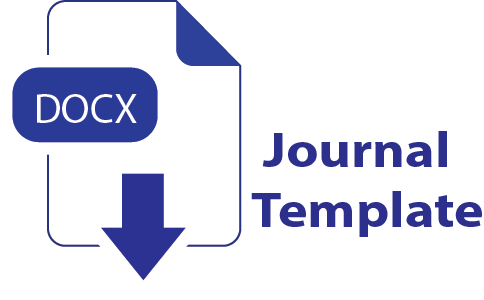RESOURCE ESTIMATION OF LATERITE NICKEL USING INVERSE DISTANCE WEIGHTING METHOD CASE STUDY OF NORTH KONAWE DISTRICT, SOUTHEAST SULAWESI PROVINCE
DOI:
https://doi.org/10.31315/journal%20techno.v9i1.10507Keywords:
Resource Estimation, Nickel Laterite, coefficient of variance, IDWAbstract
The mining industry's estimation of mineral resources is a stage that is carried out to determine the quantity of a mineral. This study aimed to determine the selection of laterite nickel resource estimation methods. The determination of the estimation method is based on the value of the coefficient of variance and the geological conditions of the mineral deposits. This research area is in Lasolo Kepulauan District, North Konawe Regency at PT—x block south. Statistical analysis found that the coefficient of variance in the limonite zone was 0.19, the saprolite area was 0.37, and it was included in moderate geological geometry conditions. The estimation method used in this research is the inverse distance weighting method. The estimation results in the limonite zone are 3,398 tons with an average Ni content of 0% Ni, 448,037 tons with a moderate Ni content of 1.32%, 588,256 tons with an average Ni content of 1.65%, and 14,912 tons with an average Ni content of 2.01%. In comparison, in the saprolite zone, there are 174.46 3 tons with a middle grade of Ni of 0.84%, 408,896 tons with an average quality of Ni of 1.26%, 788,818 tons with moderate content of Ni of 1.77%, 771,709 tons with a middle grade of Ni of 2.21%, 172,236 tons with an average quality of Ni of 2.63%, and 5,215 tons with an average rate of Ni of 3.04 %.
References
Bargawa, W. S. 2021. Seri Geostatistik Ordinary Kriging. Yogyakarta
Gazley, M. F, Fisher, L. A and Edwards, A. C. 2014. Mineral resource and ore reserve estimation – the AusIMM guide to good practice (2 ed). The Australasian Institute of Mining and Metallurgy.
Mery, N and Marcotte, D. 2022. Assessment of Recoverable Resource Uncertainty in Multivariate Deposits Through a Simple Machine Learning Technique Trained Using Geostatistical Simulations. Natural Resources Research, 31 (2), 767-783. https://doi.org/10.1007/s11053-022-10028-9.
Notosiswoyo, S. 2000. Teknik Eksplorasi. Jurusan Teknik Pertambangan Fakultas Ilmu Kebumian dan Teknologi Mineral ITB. Bandung.
Shepard, D. 1968. A two-dimensional interpolation function for irregularly-spaced data. Proceedings of the 1968 ACM National Conference. pp. 517–524. doi:10.1145/800186.810616.
Chen, Y., Jiang, X, Wang, Y, Zhuang, D. 2018. Spatial characteristics of heavy metal pollution and the potential ecological risk of a typical mining area: A case study in China. Process Safety and Environmental Protection Journal, 113: 204–219.
Zhan-Ning, L., Xiao-Yan, Y., Li-Feng, J., Yuan-Sheng, W., Yu-Chen, S., & Hai-Dong, M. (2021). The influence of distance weight on the inverse distance weighted method for ore-grade estimation. Scientific Reports (Nature Publisher Group), 11(1) doi:https://doi.org/10.1038/s41598-021-82227-y.


